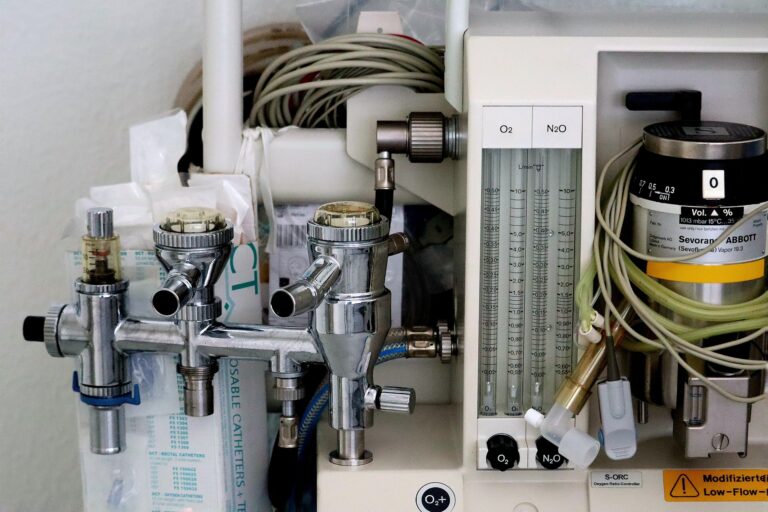Integrated Pest Management (IPM) Implementation Guide for Food Industry
Today we will talk about pest control and why pest control is important in safe food production and delivery to consumers. All Food Manufacturing site’s premises and products must be kept free from pest infestations. Pests must be controlled because they damage and contaminate premises and food. Pests carry bacteria and diseases.
An Integrated Pest Management (IPM) program aims to prevent pests by Denying Entry, Denying Food and Denying Shelter. In summary, Pest management in the food industry is crucial for maintaining food safety, protecting public health, and preserving the reputation of food companies. Pests, such as rodents, cockroaches, and insects, can contaminate food products and spread diseases.
Now we will be talkling about comprehensive guidelines needs to be Implemented as part of Integrated Pest Management (IPM) program in the Food Industry. We should also know about Pest Management Program threshold level for Food Processing



Food Manufacturing Facility Must Do:
- The facility must have Pest Control Management Program.
- The building must have barriers in placed to protect against birds, rodents, insects and other pest.
- Building structures must free from cracks, crevices and pests harbourages.
- External doors, windows or other openings must have close fittings or other pest proofed to less than 10 mm.
- The main type of pests that must be controlled are rodents, cockroaches, stored product insects, flying insects, birds and other casual animals which may enter the factory.
- Any pest sightings must be reported immediately to quality and food safety person.
Food Manufacturing Facility Must Not Do:
- Do NOT place toxic bait inside the building.
- Rodenticide contact poisons formulated as dusts or in liquid form are NOT approved for use inside food manufacturing premises.
- Methyl bromide may NOT be used as a fumigant.
- Do NOT use emergency door as ordinary access.
- Do NOT use non-approved pesticides.
- Do not place insect Light traps within 12ft of open/stored product
Fly Control Plan:
- Keep Doors closed when not in use
- Use Air curtains above opening doors
- Screen all opening windows.
- Remove all waste food from Production Rooms.
- UV light units to attract flies and trap on sticky sheets.
Rodent Control Plan
- Mouse trap should be positioned along the inside of external walls either side of external doorways and then at 6-13m intervals.
- External bait stations should be placed at 13-30m interval around the outside of the building and ideally at similar intervals along the inside of the perimeter fence/wall.
- Multiple live mouse catching boxes is the good internal trap to be used.
- Mouse traps and bait stations should have locked lids and must be secured in place.
Cockroach Control Plan:
- Locate harbourages and areas of activity.
- Crack and crevices should be closed.
- Thorough cleaning and removal of food debris.
- Treat areas of harbourage after protecting open food and equipment.
- Carry out night inspections (cockroach are nocturnal).
Bird Control Plan:
- Remove any access to food sources by maintaining good housekeeping and hygiene around the outside premises.
- Do not leave any raw material containers outside with food residues inside.
- Clean around waste and water treatment areas.
- Remove perches or cover. Net-off canopies under which birds roost.
- Ensure birds do not nest on or in buildings.
Requirements for Pesticides Control:
- Pesticides must be stored in a limited access, locked area.
- Storage areas are adequate in size and construction and properly ventilated.
- Pesticides containers and application equipment are labelled to identify contents. Application equipment is not used across multiple pesticides.
- Material Safety Data Sheets (MSDS) for pesticide should be on file.
- Pesticides specimen label should be on file for all pesticides use in the facility.
- Accurate documentation of all pesticides applications.

Requirements for Pest Control Operator or third party service provider:
- MUST be fully trained and licensed.
- MUST abide by the Company Pest Control requirements
- MUST provide a copy of all Health and Safety data sheets concerning the pesticides in use.
- MUST maintain an inventory of all the pesticides used on the site.
- MUST carry out risk assessments.
- MUST complete the site plan showing location of bait stations and traps.




